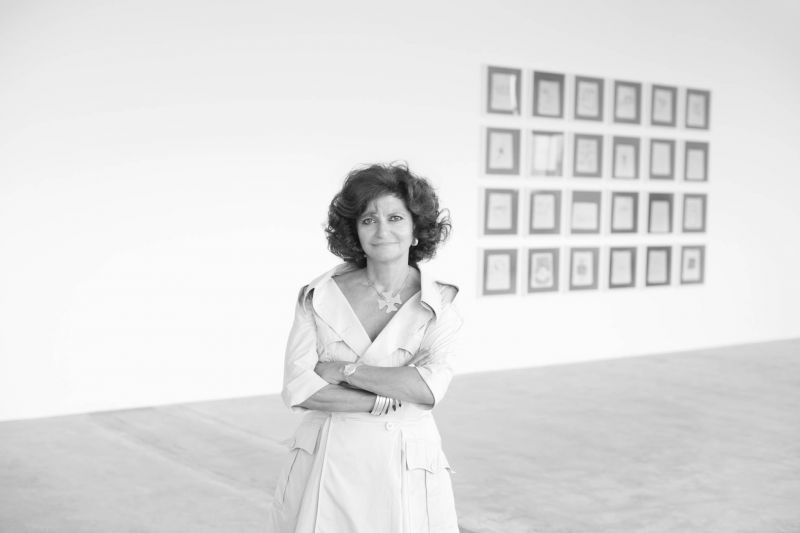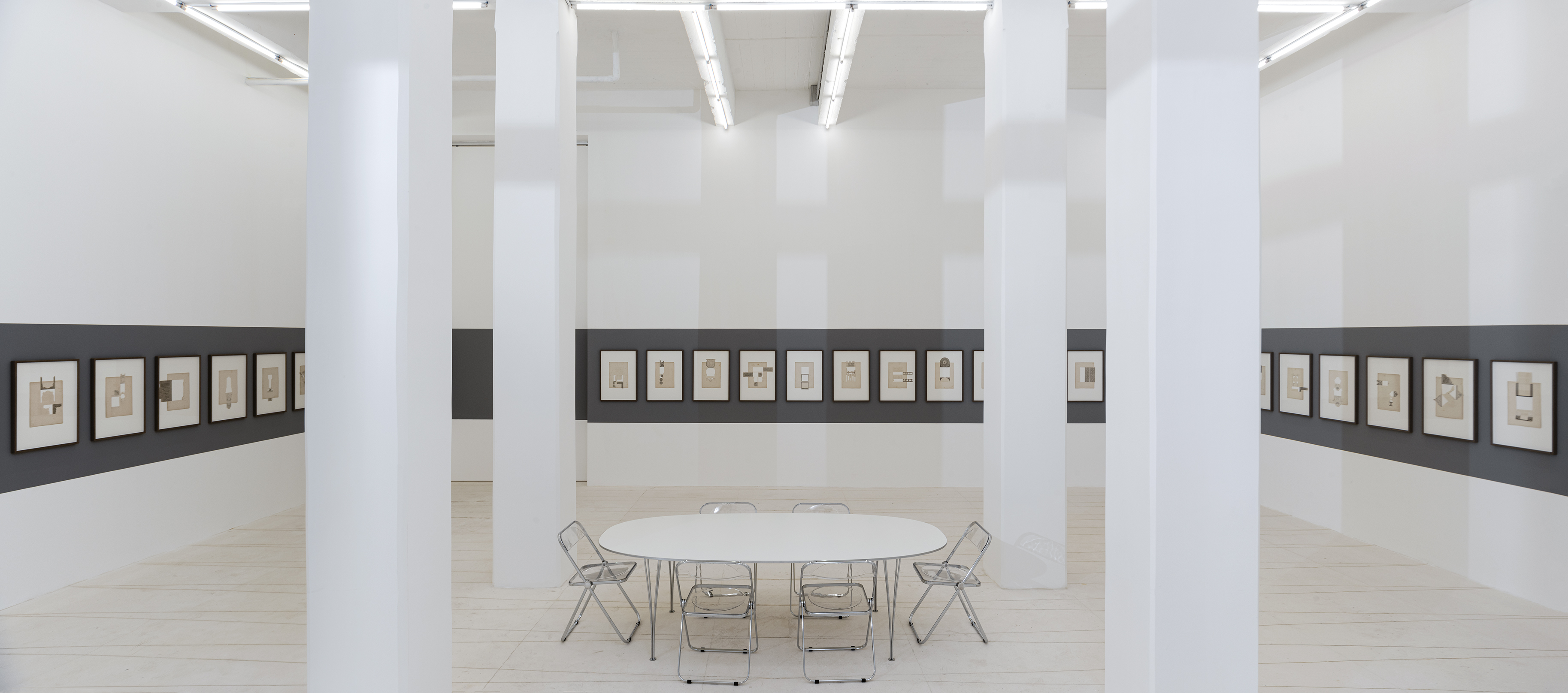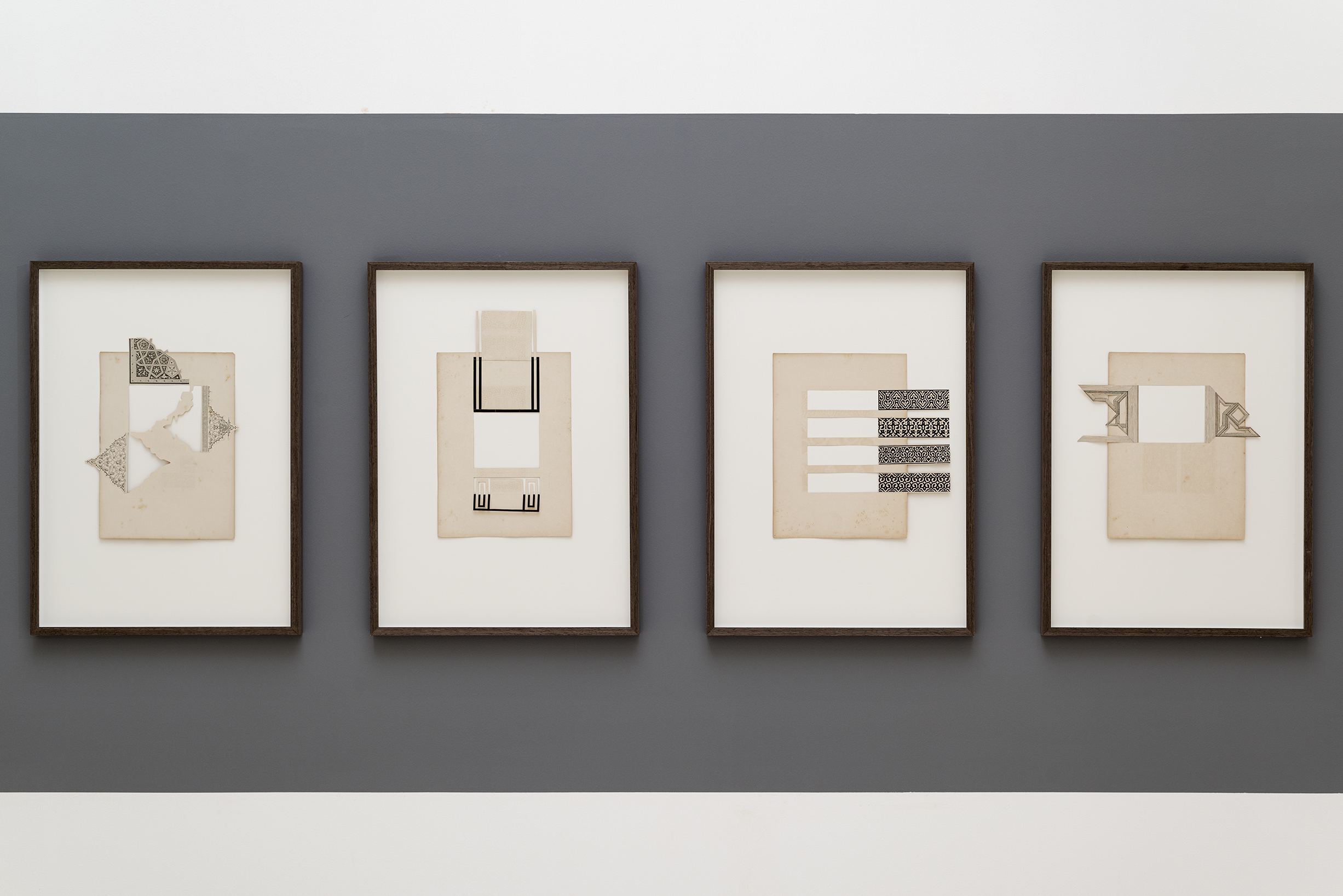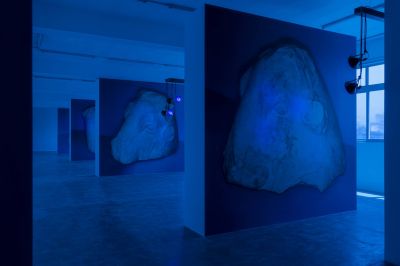
Sfeir Semler Gallery opens a second space with an exhibition by artist Rayan Tabet
In 1985, Andrée Sfeir-Semler established her gallery in Kiel, Germany, before moving it to Hamburg in 1998. In nearly 40 years, the gallerist and art dealer has not only become a seminal figure in the field, but also much more. . All the while, she established herself as a pioneer in Middle Eastern art, serving almost as a reference editor for the most prominent artists in the region, from Etel Adnan to Akram Zaatari, through Marwan Rishmawi and Walid Raad, the first artist she represented in the early twentieth century. The first decade of the twenty-first century.
“I discovered his work at Documenta in 2002, and that was a real shock for me and a new discovery,” she recalls today. “I went to meet him in New York a few months later, where he was giving a performance reading at Columbia University. The next day I had breakfast with him and that’s where it all started. In March 2003, we organized his first solo exhibition, My neck is thinner than hairAt the Hamburg Fair. » In 2005, twenty years after opening her gallery in Germany, André Sfeir-Semler decided to create a similar space in Beirut, “which would live up to the standards of our artists.”

Art after all
“In November 2004, while I was staying in Beirut, Bernard Khoury, who had just moved his offices to a building in the quarantine zone, told me that the top floor, with an area of 1,400 square metres, was available for rent. . “I visited the place and immediately, without thinking, I fell in love with it and signed the lease.” She continued: “A few months later, Rafik Hariri was assassinated in Beirut, and the opening of the gallery became questionable. Despite many hesitations, we decided to start with a first group show titled Flight 405Which dealt with the concepts of borders and social and geographical topography. The day before the opening, scheduled for April 9, 2005, the city was under a ghostly curfew, and I remember that Akram Zaatari and Walid Raad and I were expecting to receive no visitors. At the last minute, the curfew was lifted because a huge march was being held all over Beirut and 1,800 people ended up going to our opening the next day. “Just thinking about it gives me goosebumps,” says the gallery owner.
The craziest thing is that despite the climate of lawlessness that was prevailing over Beirut at that time, with a series of assassinations and car bombs, a large number of English conservatives, as well as the artist Michelangelo Pistoletto, who presented his painting “The White Sea Table” “Medium” within the exhibition Flight 405, go to Beirut for the opening. This example alone allows us to evaluate the striking power of André Sfeir-Semler, whose group of artists, initially unknown to the general public, over time found themselves in museum collections. She confirms that “Beirut Gallery aims to release a certain creative energy, while serving as the first ‘white cube’ in the region.” In 2023, when she discovered a vacant space in the port district of central Beirut – which had previously been the Rabih Kayrouz boutique until 2018 – André Sfeir-Semler immediately hit it off.
“I have been thinking about the idea of a second accessible gallery space for a while, with a window on the street. To have, above all, a building that is less remote from quarantine, like a step towards the city. One might wonder why opening a new space in Beirut in light of the current situation. For me, I have only known instability in Lebanon since my childhood. I am convinced that art plays a more important role in this social and political formation of the world.
Arabesque by Rayan Tabet

The new space in question, where the rotation of exhibitions will be more frequent than in the quarantine gallery, has just opened with “Arabesque” by Rayan Tabet. The “Arabesque” series – previously shown in its entirety at Sfeir Semler Gallery in Hamburg in 2021 – begins with the discovery of a 2019 manuscript by Jules Burgoyne in a trash can at the Arc en Ciel in Damour. (One of the theorists of decoration) entitled Summary of Arab art. The manuscript in question was part of reports sent by French archaeologists in the late 19th century as they cataloged decorative arts, calligraphy, and textiles from the Middle East and North Africa. “It was their way of unifying what later became Middle Eastern art, and these manuscripts reflected the Orientalist fantasies of the West, contributing to the creation of the concept of the arabesque, a purely European invention.” The term arabesque combines the word arabesco with the word grotesque as well, which was a device used by the West To define the population that is considered strange,” explains Rayan Tabet.
“I’ve always been interested, specifically, in creating the idea of the other, especially in Europe, when they talk about Arabs,” the artist says. On the other hand, “Arabesque” presents the series entitled Cutters Which consists of inscriptions from Burgoyne’s original manuscript. On each of the 300 pages, a 40-page series of which are currently on view in the exhibition, Ryan Tabet has made cuts and recompositions, “just to do to this document what this document did to the decorative elements on display there. That is to say, somewhere between misinterpretation and appropriation.” Cultural.” On the other hand, the space window shows dozens of papers Two arabesques By Claude Debussy, the composer translated arabesque motifs into musical language.
On each sheet of eleven sheet music, Tabet writes one of the letters of the word “Orientalism.” With his gesture, the ink covering some musical notes changes the melody, which he then creates using a digital processor. The artist explains that this modified melody, “or rather its interpretation by the digital processor,” is also displayed within the exhibition, revealing there also a new musical architecture. This, like “Arabesque” as a whole, offers another reading of history and raises, with Tabet’s brilliance, the great question about the subjectivity of perception.
*Arabesque by Rayan Tabet until November 16 in the new space of Sfeir Semler Gallery, Boulos Fayyad Building, downtown Beirut.
In 1985, Andrée Sfeir-Semler established her gallery in Kiel, Germany, before moving it to Hamburg in 1998. In nearly 40 years, the gallerist and art dealer has not only become a seminal figure in the field, but also much more. . She has established herself as a pioneer in Middle Eastern art, serving almost as a reference editor…

“Organizer. Social media geek. General communicator. Bacon scholar. Proud pop culture trailblazer.”

